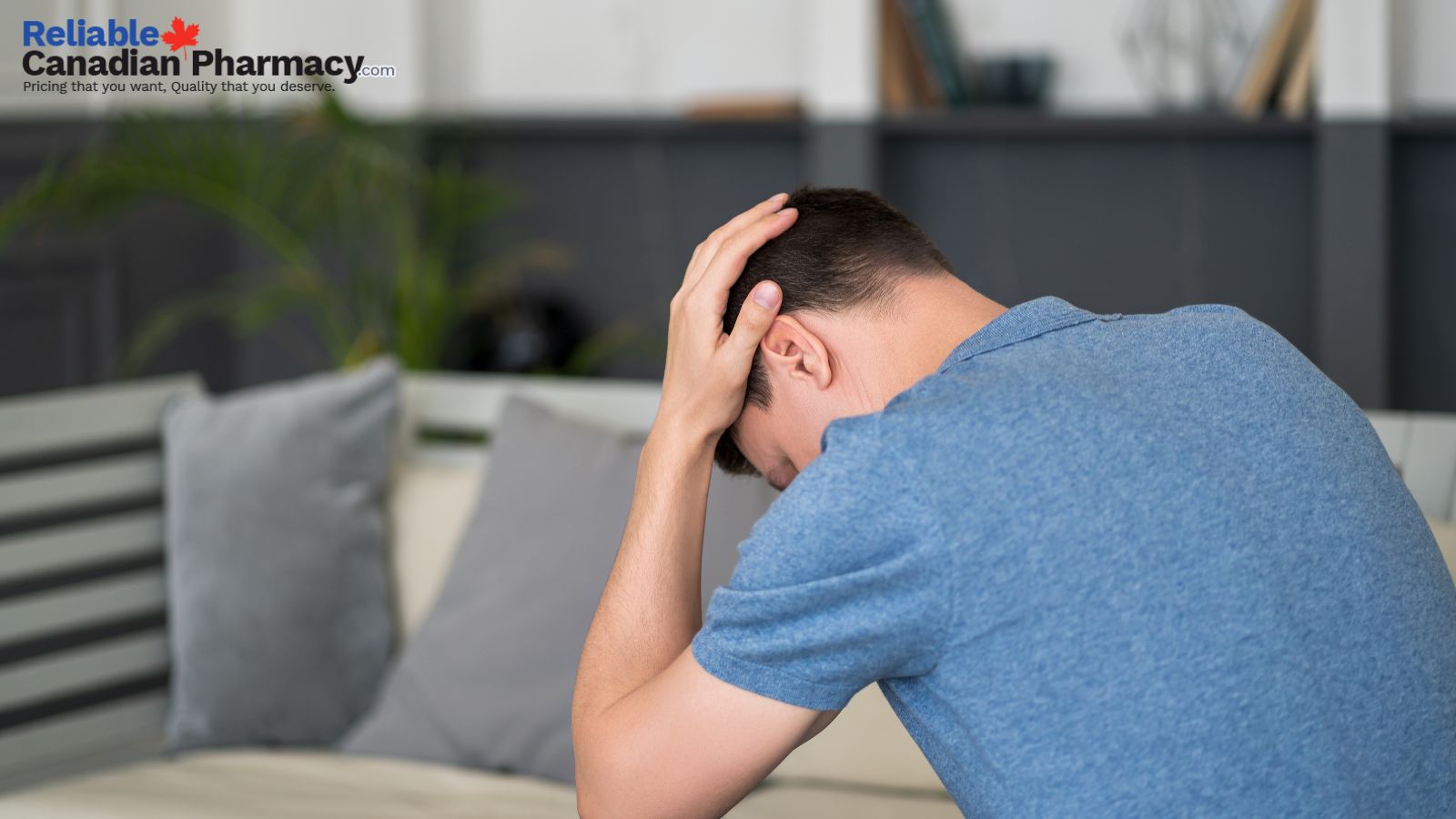Tips for Coping the Pain and Discomfort with our Migraine Management Strategies
04/27/2024
Migraine pain is not just a typical headache; it causes excruciating pain, may hinder daily activities, and affects the quality of life. A migraine episode may cause extreme nausea and vomiting and could last up to 70 hours. The best way to get rid of migraine pain is to avoid triggers such as certain food items, lack of sleep, or stress. Despite avoiding triggers, if you still experience migraine pain, please visit your doctor. After assessing your health condition, the doctor will prescribe the most suitable medication.
Various generic migraine drugs are dispensed as over-the-counter medications. In addition to getting medicines from the local pharmacy, you may buy migraine drugs online. However, before you do that, please inform your healthcare provider to determine if that medication would be appropriate for your treatment. Apart from taking medication to relieve migraine pain, specific behavioral and relaxation tactics can go a long way in minimizing the frequency and intensity of migraine pain. Below are some tips that may bring relief from migraine pain.

Tips to Reduce Migraine Pain
Below are some techniques to reduce or prevent extreme pain from nausea.
Move to a quiet and dark room:
Once you experience early signs of migraine, try and move to a quiet and dark place. Light and sound could worsen the trigger and increase the intensity of the headache.
Apply Hot or Cold Packs:
The use of temperature therapy could be beneficial in tackling migraine pain.
-
Ice has a numbing and soothing effect. Applying an ice pack around the neck or to the head could minimize migraine pain. It is also believed that ice constricts the blood vessels and slows the transmission signals of the nerves involved in migraine pain. It is particularly beneficial if the migraine is heat or sun-induced.
-
Hot packs help relax the muscles, relieving extreme pain.
Caffeine Drink:
Sipping caffeine in limited amounts could be crucial in relieving migraine pain at an early stage. However, excessive intake of caffeine in the late evening may affect sleep, which in turn could impact migraine episodes.
Adequate Sleep:
For adults, 7 to 8 hours of sound sleep is necessary. Sleeping less than that or having disturbed sleep could trigger migraines. Also, try developing a habit of sleeping and waking up at around the same time, even on weekends. Organize your bedroom to make it comfortable and cozy, avoid distractions (such as television and cell phones), and don’t take work-related thoughts to bed. Limit your bedroom for sleep and closeness.
Stay Hydrated:
Dehydration may lead to headaches and could even trigger migraine. Recent studies reveal that keeping yourself hydrated could minimize or even keep headaches and migraine attacks at bay. The study concluded that people who adhered to the prescribed amount of water intake experienced reduced frequency of headaches, and even pain was mild.
Eating Habits:
Be cautious of what you eat, as it may be linked to migraine issues. Try eating around the same time daily and keeping track of what you eat. It would help you identify the food item that flares up your migraine. Avoid fasting, as it may enhance the risk of migraine. After identifying the food items that trigger migraine, remove them from your diet.
Excess Chewing:
Some research has found that excess chewing may lead to headaches and migraines. The research's target audience was gum-chewing people, and the outcome was frequent headaches and migraine attacks in these people. Avoid chewing gum if you witness regular migraine episodes.
Exercise:
Physical exercise not only helps stay physically and mentally fit, but it also plays a role in preventing and minimizing migraines. Being overweight may increase the risk of migraine pain. Regular exercises such as walking, running, cycling, swimming, etc., help shed excess weight and could be beneficial in dealing with migraines. Physical activities increase the secretion of “Endorphins” (feel-good hormones), which lift your mood and help you relax. Ensure you do mild exercises, as high-intensity exercises might trigger migraine in some people.
Stress Management Techniques:
High levels of stress and a change in sleeping patterns may trigger migraine attacks. Although it is practically impossible to eliminate stress from life, specific techniques can certainly minimize it. Stress management activities like yoga and meditation are effective in reducing stress levels and help minimize the frequency and severity of migraine pain. Avoid negative thoughts and stay as positive as possible.
Maintain a Journal:
Record your migraine, such as when it started, what you did when it began, how long it lasted, and what brought relief. Avoiding triggers may be the best approach to tackling migraines. Some studies have also given another perspective: expose yourself to the triggers and learn how to manage them with cognitive behavioral techniques. However, more research is required to consider whether this is the right approach to dealing with migraines.
Medication:
There are numerous prescription and over-the-counter drugs available that are effective in dealing with migraine pain and discomfort. A few of the medications are mentioned below:
-
Ibuprofen
-
Diclofenac
-
Aspirin
-
Naproxen
After thoroughly diagnosing your health condition, your doctor will suggest the best medication for the treatment. After speaking with your healthcare provider, you may buy migraine medication online.
Takeaways:
Living with migraine is a struggle, as it causes severe pain that could disrupt your daily routine. However, it can be managed gradually by practicing certain habits mentioned above in the blog. If these suggestions don’t lead to positive results, you may consider taking medication post-counseling with your doctor. To get the best results, you must adhere to the treatment plan designed by your doctor. There are also support groups and entities that help you deal with migraines. Keep a positive frame of mind and believe in pain management tips.



Comments